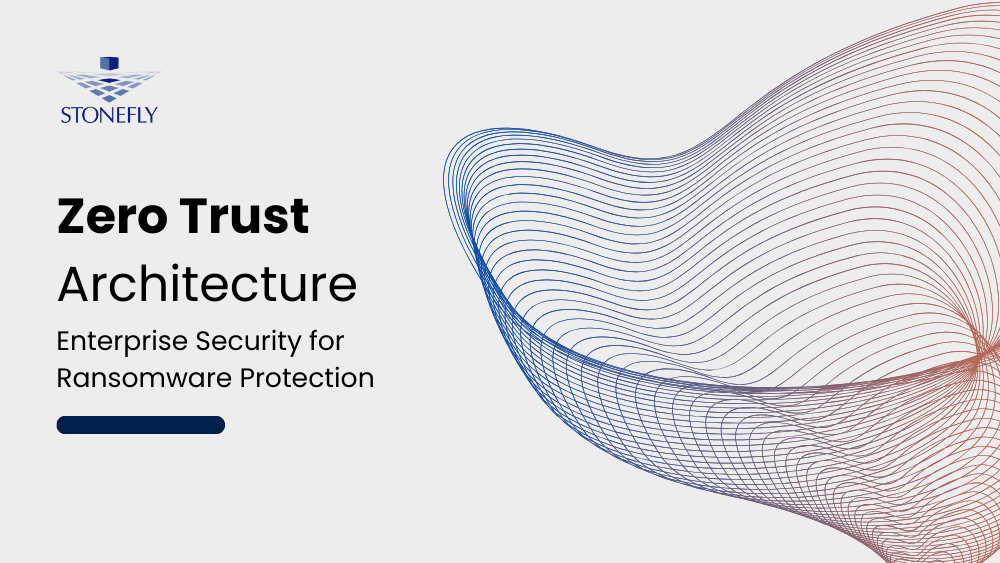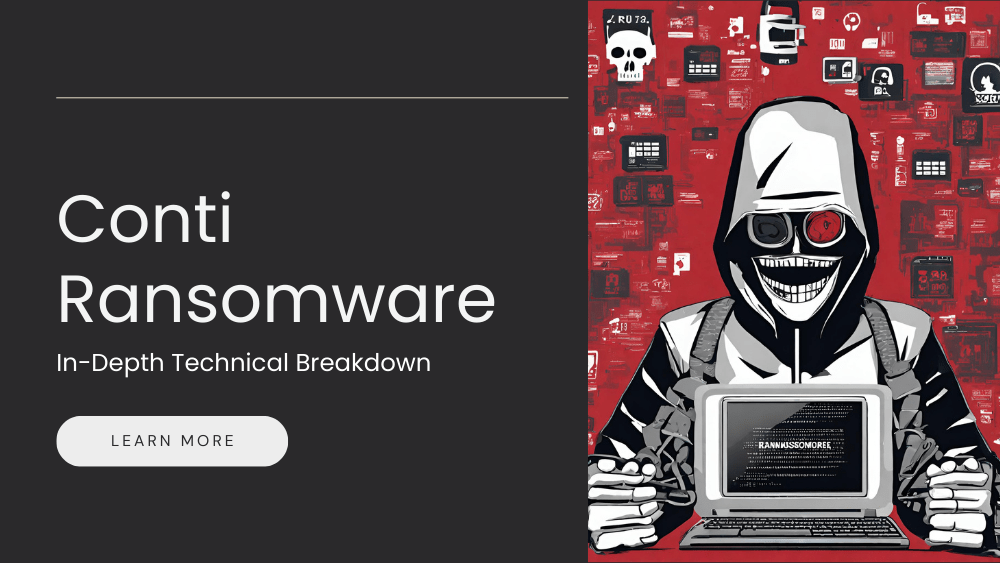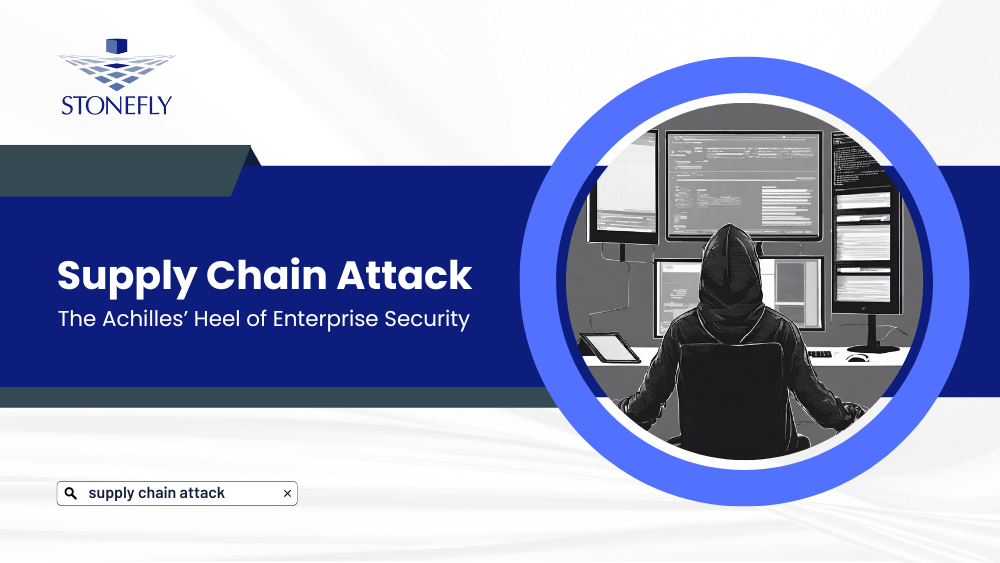Financial services organizations face many challenges in order to comply with rapidly evolving regulatory requirements for data security and integrity. In addition, volumes of stored data continues to grow at exponential rates. At the same time, customers expect round the clock access to their account information from their mobile devices and computers. Many banks have developed customized mobile Apps that enable 24.7 account transactions, including online transfers of funds and deposits.
- Backup and recovery of all workloads and applications.
- Orchestration and optimal use of resources.
- Protection and management of data across multi cloud environments.
- Automated backup, security, migration and recovery capabilities.
Availability and compliance of financial services data
Financial services organizations also need to comply with national and in some cases international standards. For example, publicly traded insurance companies and banks must adhere to Sarbanes-Oxley or SOX requirements for securing, protecting and retaining information. Moreover, the Basel Accords include strict rules on how to protect bank IT departments via proper backup & recovery solutions, and they require disaster recovery (DR) tests at least annually.
Regulatory compliance requires clear visibility into data availability procedures and processes, with automated reporting and auditing. Non-compliance can expose the financial services firms to the possibilities of major fines and damage to brand reputation. Data access security and encryption are essential for maintaining availability of all systems and the security and privacy of account information.
Financial services firms need to ensure zero-downtime because clients demand instant-access to their account information and data must be retained long-term for regulatory compliance. Data from remote office/branch office locations should be gathered centrally and archived to ensure availability of account information records.
Guidelines for backup and data protection in the financial services enterprise
Ensuring continuous availability of mission critical data and applications is essential for profitable operations. IT leaders in the financial services organizations must assess their data availability solution options and enable intelligent data management, using these critical factors as guidelines:
- Maintain data Privacy. As customers can access information from any device, encrypting traffic flows is necessary to secure customer information.
- Backup and Recovery of All Workloads. Business partners and customers expect 24.7 availability of all data and applications with complete visibility, and financial services organizations should embrace zero downtime tolerance policies.
- Streamline and Secure Data Recovery. Financial service organizations must be able to implement granular data recovery, have the ability to recover information in any point of time, search data resources and be able to recover mission critical data immediately. Insurance companies and banks must also develop and implement low recovery time and recovery point objectives. Ideally, financial services firms must be able to recover all data and applications in less than 15 minutes.
- Ensure Protection and Management of Data Across Multi-Cloud Environments. Every comprehensive data protection strategy must include and offsite infrastructure. IT leaders should evaluate the opportunity of extending availability to the cloud to avoid complexity and additional costs of building and maintaining offsite location for backup and cloud based disaster recovery.
- Save Costs by Automating and Simplifying DR. Insurance companies and banks are required to comply with demanding regulations and standards. One of which is to execute annual DR tests which can be expensive and labor-intensive. Disaster recovery should be simplified to ensure recovery point and time objectives of less than 15 minutes for all data and applications, and provide compliance proof through automated reports.
- Manage ALL Backup and Disaster Recovery Operations Through a Single Pane of Glass. Centralization of data from remote office/branch office locations consume significant resources and bandwidth for financial services firms. It is crucial to centralize server management and backup and disaster recovery operations for multiple locations into a single view and empower IT administrators to manage assigned virtual machines.
Backup and disaster recovery with StoneFly and Veeam
The combination of StoneFly and Veeam offers comprehensive availability solutions through on-premise appliances or cloud solutions for backup and disaster recovery. This combination ensures that the IT services of financial services organizations will always be available and gives the ability to instantly recover any data and any application across any cloud.
With the StoneFly seamless technology integrations and strong alliance partnerships, you can backup your data to on-premise appliance or to any private or public cloud including Microsoft Azure and Amazon AWS and meet RTPOs of less than 15 minutes. With StoneFly Veeam Backup to Microsoft Azure Government service, financial service firms are able to meet the most stringent compliance requirements. Disaster recovery tests can be performed up to 4 times per year and you can ask for more tests and StoneFly will make the arrangement. And the Veeam console enables you to manage all the backup and restore operations through a single pane of glass.
![20160526110952952[1]](https://stonefly.com/wp-content/uploads/2018/10/201605261109529521.png)






